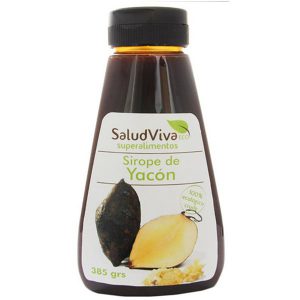
- Readers Rating
- No Rating Yet!
- Your Rating
Yacón is a little-known tuber, yet it is full of health benefits and culinary versatility. Native to South America, this food is gaining popularity worldwide due to its sweet flavor, nutritional properties, and its ability to replace other foods in healthy diets. In this article, we will explore in depth what yacón is, its origin, culinary uses, nutritional properties, and the foods it can substitute.
Yacón (Smallanthus sonchifolius) is a perennial herbaceous plant belonging to the Asteraceae family. It is primarily cultivated for its edible tubers, which are characterized by a crunchy texture and a sweet taste similar to that of an apple or pear. The plant can grow up to 2 meters tall and has large, heart-shaped leaves, while its yellow flowers resemble daisies.
What sets yacón apart from other tubers, such as potatoes or sweet potatoes, is its high content of fructooligosaccharides (FOS), a type of carbohydrate that acts as a prebiotic. This means that this tuber not only nourishes the body but also feeds beneficial bacteria in the gut, promoting optimal digestive health.



